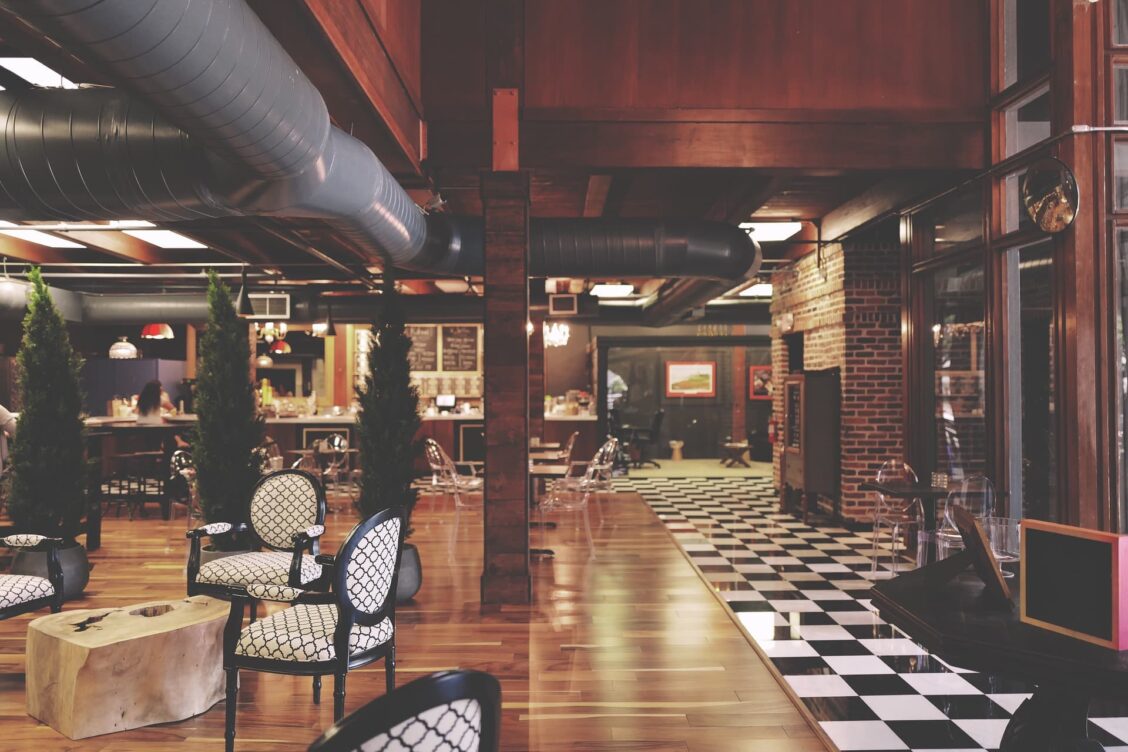What is a restaurant?
A restaurant is a place where food is cooked and served on the premises, and people pay to sit and eat. Its classification is according to whether there is the provision of places to sit through waiters, service quality, and price range.
Restaurant management
Managing a restaurant involves vast responsibilities and challenges. For a restaurant to be managed successfully, the following are basics should be applied;

- Providing customer service
The paramount goal of managing a restaurant is keeping the customer experience positive. The golden rule of most business enterprises is that the customer is always right; therefore, how you handle customers’ requests and complaints will determine if your restaurant will run successfully by encouraging return visits.
- Hiring competent restaurant workers
The restaurant has diverse workers, from the kitchen staff, wait staff, and housekeepers. Before hiring workers, a thorough check should determine whether they fit the position and whether they possess solid intrapersonal skills. It ensures that delegation of duties and roles is easier hence helping the restaurant management run smoothly.
- Advertisement
Advertising plays a significant role in restaurant management. While looking for opportunities to gain exposure, such as having an online presence, a website promotes your restaurant. Where there is a significant influx of customers, it is hence managed successfully.
- Monitoring cash flow
Cash flow is the amount of cash going into the business in terms of capital, expenditure versus the amount of money going out of the business. For a restaurant to be managed successfully, the cash flow must be monitored, whether daily, weekly, or monthly. Thus, it protects the restaurant from financial risks.
- Expanding sales
Analyzing sale trends, patrol costs, and customer counts can help predict future sales. The prices of food constantly fluctuate, and subsequently, the cost of running your business will also change. Expanding sales is a way of managing the restaurant as it will generate more profit while making sure that the customers receive value for their money.
- Cutting costs
Proper management of restaurants ensures that there is maximum profit on every sale. Many restaurants are switching to energy-efficient light bulbs, and some are using solar panels to power the entire restaurant. Cutting costs is concerned with acquiring property with less cost without hurting the consumer.
Rules of restaurant management
Managing a restaurant entails a couple of things that you will need to consider for its succession. Some of the tips necessary include:
- Consistency- You will be required to be consistent in how you communicate and respond to issues. Additionally, you will also be required to be consistent in maintaining rules in your restaurant.
- Proactive managing- You will be required to be proactive and stay active on what matters can come up and managing decisions such as marketing campaigns, staffing necessities, updating technology, among others.
- Make Staff Retention a priority- The reason is that replacing staff can be of enormous expense in industry, thus recommending not replacing teams here and there. But, mostly, the customers come and like the experience.
- Keep an eye on the customer’s satisfaction and feedback- Customer satisfaction is the main aim for every decision made since you would like to improve the experience and how they got served.
- Improve customer experience- Make efforts to make the experience of the customer lovelier. Besides that, improving the customer’s experience may involve a mix of cleanliness, especially the restrooms, fair prices of the food, and unique food perhaps.
- Take word-of-mouth seriously- Word of mouth explains the feeling the customer has got from the services offered. It is the feedback one gets, and it can be positive or negative.
- Invest in advertising- As a restaurant manager, you may need to invest in advertising your work by posting on social media about the food trends you are offering in your restaurant. You will be required to set up a budget first by gathering data that fits the needs of your restaurant.
- Finding a mentor- As a manager, you will need someone who has experience running a restaurant in the food industry. You may be guided on how to be successful.
Advantages of Owning a Restaurant
Being an owner is the dream for every enterprise individual. However, being an owner can come with its benefits. They include:
- They can manage the restaurant staff
- You can order food and supplies
- One can coordinate the layout of the restaurant
- Restaurants are in high demand
- A day never misses without having customers
Disadvantages of owning a restaurant
Besides having a restaurant and enjoying its profits, one can encounter some disadvantages. They include:
- Keeping up with the competition might be tough
- Lack of profitability in the first months
- It is hard to find loyal employees and talented ones
- The time commitment in terms of operation and management needs time and energy for a successful one.
Steps you should take before Opening a Restaurant
Before opening a restaurant, you are required to check some steps before you proceed. The following are easy steps to look at before setting up one:
- Defining your restaurant concept- The concept you will display should also reflect every aspect of your restaurant, primarily the collateral and décor.
- Creating a Business Plan for your Restaurant- The business plan layout should include an executive summary of what the restaurant will be all about, target market analysis, food plan, and financial plan.
- Research financial assistance options of your restaurant- Get to know all the costs that your restaurant may need to know where the source of the funds will be.
- Obtain permits and licenses required to open a restaurant- You will be required to get permits if you run the restaurants and licenses to allow you to have the business.
- Registering your business- This will also include trademarking your restaurant’s name to avoid being copied by people.
- Select the location of your restaurant- You will have to set the right place for your restaurant and evaluate the size and interior shape so that you may need to fit it in the plan.
- Order restaurant requirements- Requirements include the equipment you may need, which they can get expensive. However, it will be good to have quality equipment in your work.
- Hiring the right employees- Make a list of how many employees or staff you may need to run in the restaurant.
- Create a menu- Creating a menu includes a description of what your services will be about and should be appealing to the customers
- Create a Marketing- It helps in driving awareness and brings customers hence creating a loyal following.
Conclusion
The above article describes how you can start your restaurants and easy steps to guide you. Consistency should be there in having a successful business is running a restaurant. One could earn a lot if you can manage the activities running in your restaurants since you are checking on the expenditure used.
